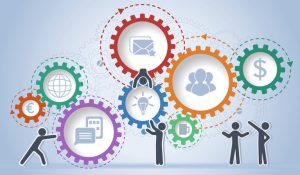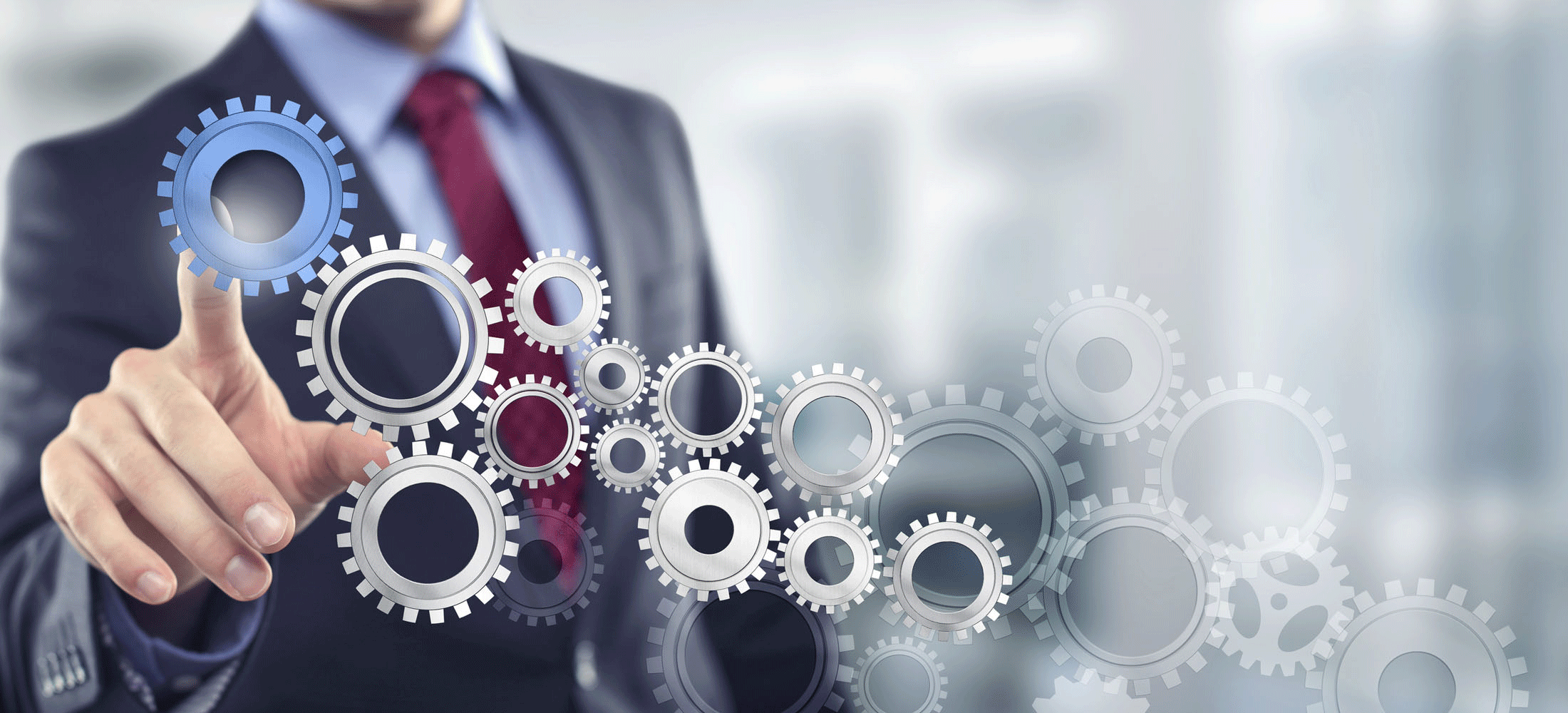Robots and automation are increasingly becoming dominant over any other means of production. It will not be long before the robots take over the entire world of production.

Based on the importance of automation and robotics, the two fields attract the attention of many professional fields around the world. Business is one of the major professional fields to have been enveloped by automation and robotics. For purposes of efficiency and having an upper hand over workflow processes, the implementation of automation models has become necessary.
Two important automation structures
The implementation of automation models refers to the implementation of specific automation structures. Two of the most popular choices of automation models are Business Process Management and Value Creation Management. Since these are the most reputable choices of automation structures, it would be a perfect idea to compare them. Here is a perfect comparison of the two structures.
Business Process Management
This structure has recently been associated with unpopularity based on a number of reasons. First of all, it is understood to be associated with a huge gap between people and the technology itself. It is increasingly becoming difficult for business owners to have a proper vision of how they can attain certain business goals through the implementation of the business process management or MBP structure. Most experts believe that this aspect of BMP is renowned for limiting innovation at various levels of running a business.
Value Creation Automation
This automation structure is increasingly becoming popular today based on various reasons. The most notable reason to account for its recent rise in popularity is the fact that it optimizes processes of a business in a uniquely holistic fashion. It maximizes inter-connectivity and promotes the efficiency of the key functions of any automated solution. This promotes the robust scaling of businesses.
Smart Automation is on the rise for both Commercial and Residential sectors maximizing efficiency towards reducing expenses, greater control, stabilization and precise forecasting. Smart Devices are being implemented as the provide for consistency in measurement and utilization.

